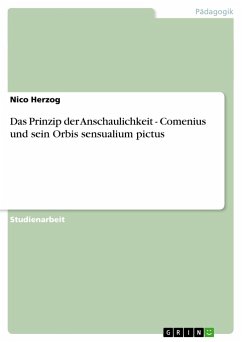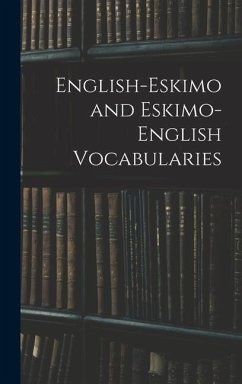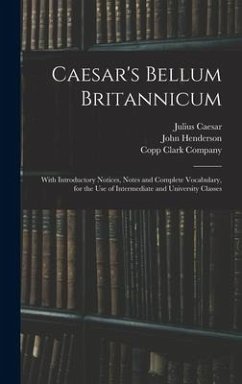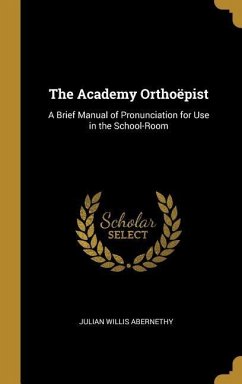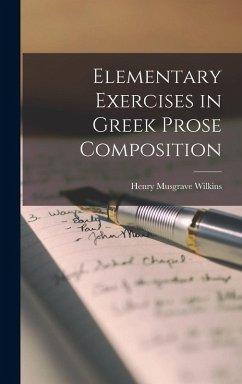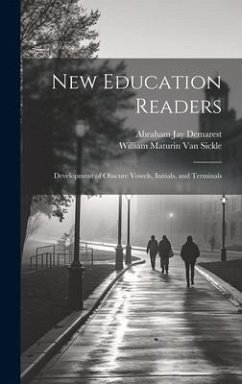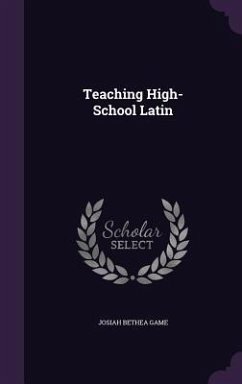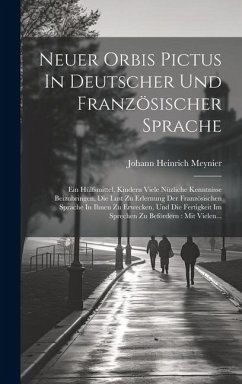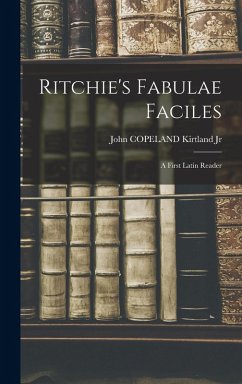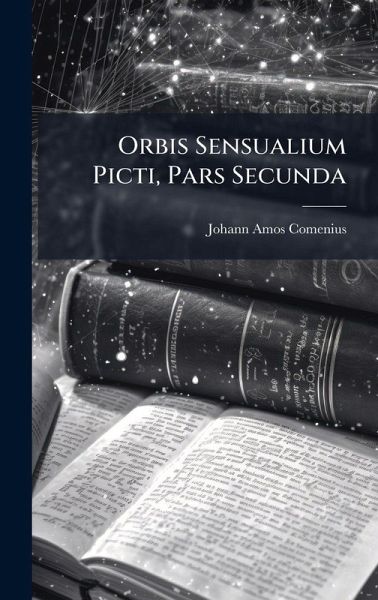
Orbis Sensualium Picti, Pars Secunda
Versandkostenfrei!
Versandfertig in über 4 Wochen
37,99 €
inkl. MwSt.
Weitere Ausgaben:

PAYBACK Punkte
19 °P sammeln!
Orbis Sensualium Pictus (Visible World in Pictures) by Johann Amos Comenius, published in 1658, was a revolutionary textbook that combined language learning with visual aids. This is Part Two of the original work. Designed to teach children Latin and other subjects through illustrations, it became one of the most popular educational books in Europe for centuries. "Orbis Sensualium Picti" presents a comprehensive overview of the world, covering topics from nature and science to society and morality. This edition offers a valuable glimpse into 17th-century education and provides a unique resourc...
Orbis Sensualium Pictus (Visible World in Pictures) by Johann Amos Comenius, published in 1658, was a revolutionary textbook that combined language learning with visual aids. This is Part Two of the original work. Designed to teach children Latin and other subjects through illustrations, it became one of the most popular educational books in Europe for centuries. "Orbis Sensualium Picti" presents a comprehensive overview of the world, covering topics from nature and science to society and morality. This edition offers a valuable glimpse into 17th-century education and provides a unique resource for understanding the history of pedagogy and the development of visual learning. This work has been selected by scholars as being culturally important, and is part of the knowledge base of civilization as we know it. This work was reproduced from the original artifact, and remains as true to the original work as possible. Therefore, you will see the original copyright references, library stamps (as most of these works have been housed in our most important libraries around the world), and other notations in the work. This work is in the public domain in the United States of America, and possibly other nations. Within the United States, you may freely copy and distribute this work, as no entity (individual or corporate) has a copyright on the body of the work. As a reproduction of a historical artifact, this work may contain missing or blurred pages, poor pictures, errant marks, etc. Scholars believe, and we concur, that this work is important enough to be preserved, reproduced, and made generally available to the public. We appreciate your support of the preservation process, and thank you for being an important part of keeping this knowledge alive and relevant.



